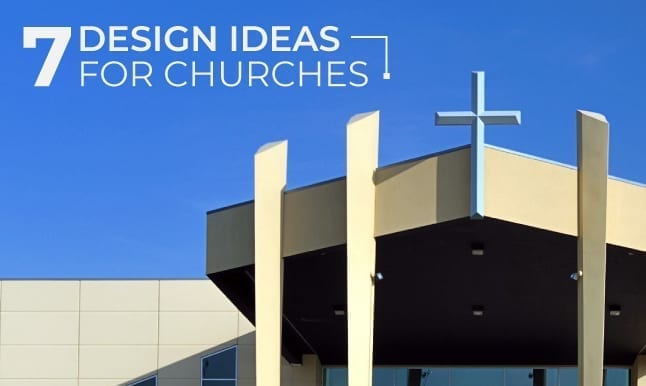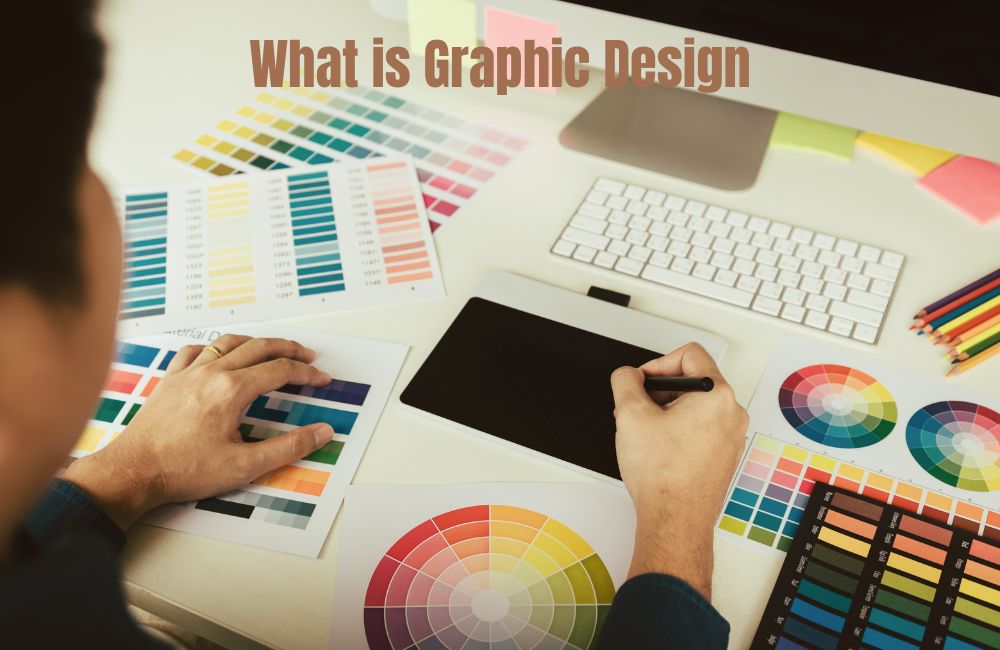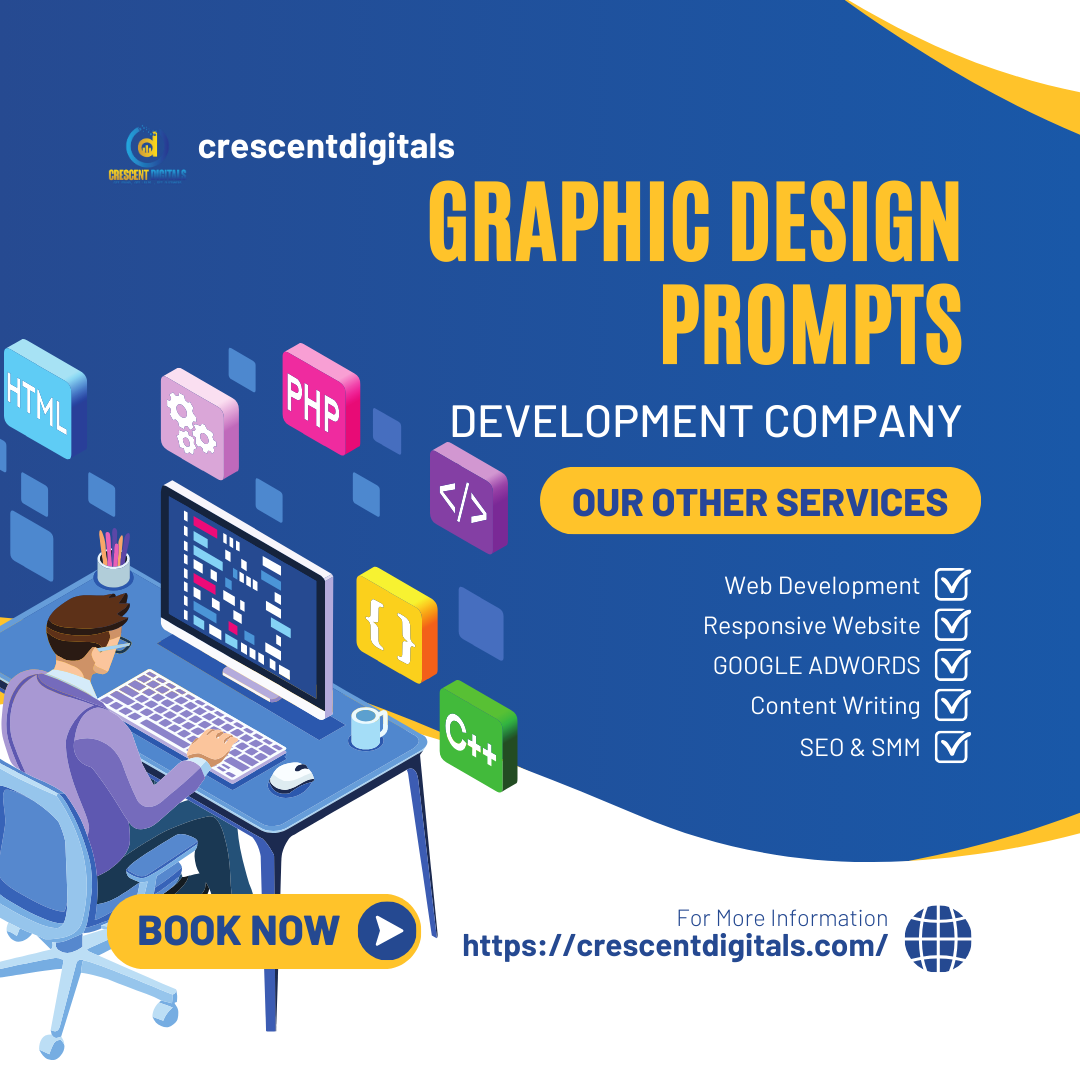Church graphic design Tips encompass the creation of visual elements for religious institutions. It plays a key role in communicating messages and engaging communities.
Church graphic design is essential for creating a visual identity that resonates with a faith-based community. It involves designing everything from logos and bulletins to social media graphics and signage that reflect the values and mission of the church. Skilled designers blend traditional symbols with modern aesthetics to craft inspirational and informative graphics.
This specialized field of design not only enhances the visual appeal of church materials but also helps to convey spiritual messages in a more impactful way. Effectively designed graphics can greatly assist in outreach efforts, event promotion, and fostering a sense of unity among congregation members. Therefore, investing in quality church graphic design is important for any religious institution seeking to connect with its community and spread its message.
Understanding Your Audience’s Visual Language
Identify Demographic-specific Visual Preferences
To connect with your community, start by researching and identifying key demographic factors such as age, ethnicity, and cultural background. These factors influence visual preferences significantly, and your graphic design needs to reflect them.
For example, a youth group may respond better to contemporary, dynamic imagery, while older congregants might appreciate more traditional and serene visuals.
Tap Into The Emotional Aspect Of Religious Imagery
Religious imagery carries profound emotional weight. The right visuals can evoke feelings of peace, reverence, or community. Incorporate symbolic elements that are significant to your faith tradition to foster an emotional connection. Images of the cross, doves, or other religious symbols can be powerful conduits of emotion and reflection for your audience.
The Role Of Color Psychology In Church Graphics
Color is a silent yet potent communicator, able to influence mood and perception. Utilize color psychology to imbue your graphics with deeper meaning. Blues can instill a sense of tranquility, while yellows may bring out a feeling of optimism and energy. Understanding the associations of different colors can greatly enhance the impact of your church’s graphic design.
Crafting Graphics That Reflect Your Ministry’s Values
When your ministry’s values shine through every aspect of your church, including visual communication, your message resonates more deeply with your community. Church graphic design is not just about aesthetics; it’s about creating a visual language that conveys the spirit and ethos of your church.
In the same way that a well-delivered sermon can stir hearts, thoughtfully designed graphics can connect and engage on a profound level. Let’s explore how you can align graphics with your church’s mission, incorporate significant symbolism, and maintain consistency across various platforms.
Every church has a unique mission that guides its actions and ministry. Graphics play a pivotal role in communicating this mission visually. Whether you’re designing a logo, a website header, or social media graphics, consider the following steps to ensure that your designs are in harmony with your church’s mission:
- Identify core values -List out the values that are central to your church.
- Choose your colors wisely – Select colors that have connotations aligned with your values, like blue for trust or green for growth.
- Select imagery that tells a story – Use visuals that reflect your church’s key activities or community.
Symbols carry immense power in transcending language and creating deep connections. To incorporate symbols that resonate with your congregants:
- Understand your audience –
- Get to know the demographics and cultural background of your congregants.
- Research historical and biblical symbols – Use symbols that have a historical or biblical significance to your faith community.
- Apply symbols with intention – Place them where they naturally fit and serve a purpose, avoiding overuse.
Consistency in design across different media platforms reinforces your ministry’s identity and helps build recognition. To ensure consistency:
| Element | Consistency Check |
|---|---|
| Fonts | Use the same font set across all platforms. |
| Color Palette | Stick to a defined color scheme. |
| Logo Usage | Place your logo consistently in size and placement. |
| Graphic Style | Maintain a uniform graphic style and tone. |
Creating templates for different types of graphics can help maintain this consistency, saving you time while ensuring each piece of content reflects your ministry’s values.
Balancing Aesthetics And Message Clarity
In the realm of Church Graphic Design, creating visuals that stand out while clearly transmitting a spiritual message is a fine art. Graphics need to captivate the audience and retain their attention, but not at the expense of the essential message the church wants to convey.
The balance between aesthetic appeal and message clarity is pivotal, ensuring that both elements work in harmony to enhance the overall impact of the design. Below, we delve into the intricacies of typography, contrast, spacing, and simplicity to achieve this equilibrium.
Importance Of Typography In Conveying Messages
The choice of typography within a design goes beyond just selecting pretty fonts; it sets the tone and governs the effectiveness of communication. Different fonts evoke different emotions and can guide the viewer through the message hierarchy.
For example, serif fonts often impart a traditional, respectable feel, whereas sans-serif fonts are more modern and approachable. Thoughtful font pairings and appropriate font sizes are integral to conveying the church’s teachings and announcements clearly.
- Choose fonts that reflect the church’s values and message.
- Ensure legibility across various platforms and sizes.
- Use font weights to differentiate parts of the message.
Using Contrast And Spacing To Enhance Readability
High contrast between text and background is essential to draw attention and achieve legibility. A smart usage of contrast can guide the eye to the most important elements of the design. Similarly, adequate spacing — including line height, letter spacing, and white space — prevents overcrowding of elements, making the content easier to digest. Harmonious spacing allows for a cleaner layout, where the message can breathe and stand out.
| Design Element | Function |
|---|---|
| High Text-Background Contrast | Improves focus and readability |
| Generous Line Height | Enhances text comprehension |
| White Space | Creates breathing room and delineates sections |
The Impact Of Simplicity In Design
Simplicity in design is far from simplistic; it’s about distilling elements to their essence. A minimalist approach can amplify a message, helping it stand out amidst the noise. By eliminating unnecessary flourishes and focusing on the core message, designs gain clarity and impact. A straightforward layout with a clear focal point ensures the viewer’s attention remains on the core message the church wishes to impart.
- Create a focal point to draw attention.
- Use minimal color palettes to evoke specific emotions.
- Strip away extraneous elements that do not serve the message.
Leveraging Design Tools For Ministry Excellence
Within the realm of church communications, the strategic use of graphic design stands as a cornerstone in effectively conveying the message of faith and community. Leveraging Design Tools for Ministry Excellence is not just about creating aesthetically pleasing visuals; it’s an opportunity to connect, inspire, and engage with your congregation and beyond.
The modern church has at its disposal an array of design software and tools that simplify this creative process, enabling even those with little design experience to produce high-quality graphical content that resonates with their audience.
Overview Of Accessible Graphic Design Software
Today’s market abounds with intuitive graphic design software, tailored for users of varying skill levels. From venerable programs like Adobe Photoshop and Illustrator to newer entries like Canva and Affinity Designer, there’s a tool to suit every need and budget. Here’s a quick glance at the options:
- Adobe Creative Cloud: For comprehensive features and professional-level control.
- Canva: User-friendly and web-based with a plethora of templates for quick designs.
- Affinity Suite: A one-time purchase software offering robust functionalities.
- GIMP: A free, open-source alternative with a steep learning curve, but powerful features.
All these tools provide the means for creating compelling graphics, each with their own set of pros and cons, tailored to the needs and skills of the user.
Tips On Using Templates For Efficient Design Workflows
Templates are a godsend for streamlining the design process in any ministry. They not only save time but also help maintain a consistent brand look. Here’s how to best use them:
- Start with a template that aligns with your church’s visual branding guidelines.
- Customize the template with your own images, text, and color schemes to make it unique.
- Reuse and adjust the same template for different types of content, such as social media graphics or event flyers, to maintain consistency.
By employing templates effectively, you can create professional designs in a fraction of the time, giving you more bandwidth to focus on other ministry tasks.
Resources For Continual Design Skill Improvement
Building and refining your design skills is an ongoing journey. Thankfully, numerous resources are available:
| Resource Type | Examples |
|---|---|
| Online Courses | Udemy, Coursera, Skillshare |
| Tutorials | YouTube, Adobe Tutorials, Canva Design School |
| Design Blogs and Articles | Smashing Magazine, Creative Bloq, Canva Blog |
| Community Forums | Behance, Dribble, Graphic Design Forum |
Whether it’s through stepping stones like online courses or self-driven learning via tutorials, the important part is to keep learning and growing. The design industry is ever-evolving, and so should your approach to creating inspirational visuals for your ministry.
Enhancing Digital Platforms With Church Graphic Design
Church graphic design plays a pivotal role in enhancing digital platforms, offering dynamic ways to communicate, connect, and engage with congregations online. In a world where visual appeal can make a substantial impact, leveraging high-quality graphic design can significantly boost the online presence of churches.
From websites to social media, graphics help to convey messages clearly, attract attention, and foster a sense of community. Below, we explore various strategies and best practices for elevating your church’s digital platforms through effective graphic design.
Optimizing Designs For Website And Social Media
The digital face of your church largely depends on the visual quality of your website and social media presence. Optimizing graphic designs is crucial for creating engaging and accessible content. Here are some tips:
- Responsive Design: Ensure graphics are adaptable to different devices, maintaining quality across desktops, tablets, and smartphones.
- Visual Hierarchy: Use size, color, and layout strategically to guide visitors’ attention to important information.
- Load Times: Optimize image sizes for quick loading without compromising on resolution, enhancing user experience.
Integration Of Graphic Elements In Online Services
Online worship services have become increasingly common, and using graphic elements can greatly enhance the virtual experience. Effective integration includes:
- Utilizing themed backgrounds for sermon slides that align with the message’s topic.
- Implementing overlay graphics during live streams for announcements and song lyrics.
- Engaging visuals for Bible passages and quotes to help congregants reflect on the teachings.
Strategies For Consistent Branding In Digital Outreach
Branding consistency in digital outreach is essential for churches to build recognition and trust. A unified graphic design approach involves:
| Element | Strategy |
|---|---|
| Color Palette | Stick to a specific set of colors that reflect the church’s identity across all digital content. |
| Typography | Select font styles that are readable and resonate with the church’s brand for a cohesive look. |
| Logo Usage | Place the logo consistently in the same location across different platforms for easy recognition. |
By ensuring brand elements remain consistent, churches can craft a seamless and professional digital presence, enabling them to reach a wider audience while maintaining a strong brand identity.

Credit: churchesbydaniels.com
Frequently Asked Questions For Church Graphic Design
What Is Church Graphic Design?
Church graphic design refers to visual design elements specifically created for church-related purposes, such as worship backgrounds, flyers, social media graphics, and sermon series branding.
Who Uses Church Graphic Designs?
Pastors, church communications teams, and graphic designers use church graphic designs to visually convey messages and promote church events or services.
How To Create Visuals For Sermons?
To create visuals for sermons, select relevant images, use design software to incorporate text overlays, and ensure consistency with the sermon’s theme for maximum impact.
Why Invest In Church Graphic Design?
Investing in church graphic design enhances engagement, communicates messages clearly, and creates inviting visuals that can help in growing the congregation.
What Software Is Best For Church Graphics?
For church graphics, Adobe Photoshop and Illustrator are popular, whereas Canva offers a user-friendly option with pre-made templates for non-designers.
Is Church Graphic Design Expensive?
Church graphic design can vary in cost, with options ranging from free templates and tools to professional services that may require a budget.
How To Choose The Right Font For Worship Slides?
Choose fonts that are readable from a distance, avoid overly decorative styles, and opt for simplicity to ensure clarity during worship.
What Colors Work Best For Church Logos?
For church logos, choose colors that convey a sense of tranquility and hope, like blues and greens, or use shades that represent the church’s branding.
How Often Should Church Graphics Be Updated?
Church graphics should be updated regularly to maintain relevance, reflect seasonal themes, or whenever there is a new sermon series or church event.
Can Volunteers Help With Church Graphics?
Yes, volunteers with graphic design skills can be a valuable asset for creating church graphics, especially for churches with limited resources.
Conclusion of Church Graphic Design Tips
Crafting visuals for your church’s message is more than aesthetic—it’s a ministry. Mastering church graphic design can profoundly impact your congregation and community. Let your creativity soar and your church’s story resonate with every design. Remember, with the right tools and inspiration, your message’s reach is limitless.
Keep designing, keep inspiring.






